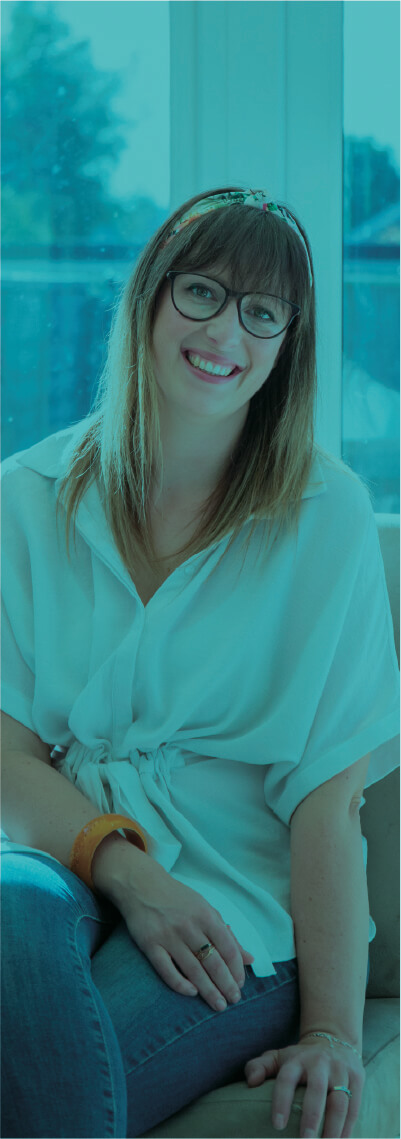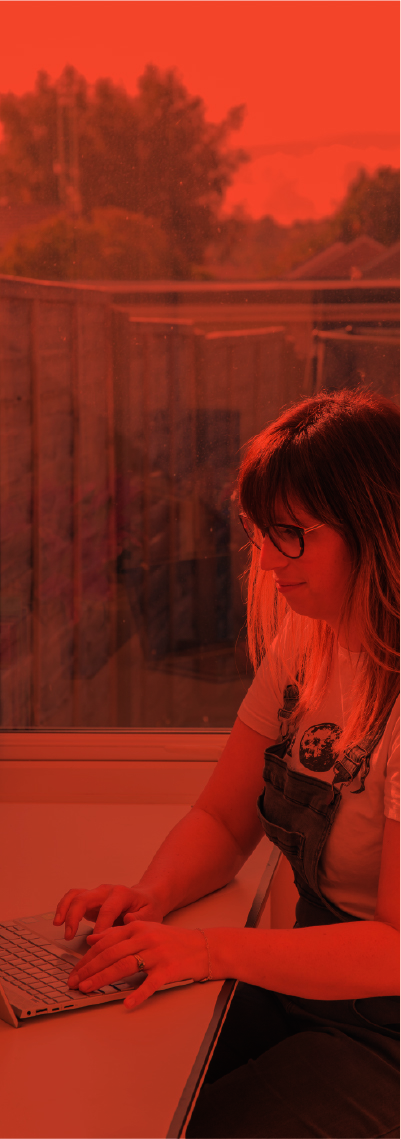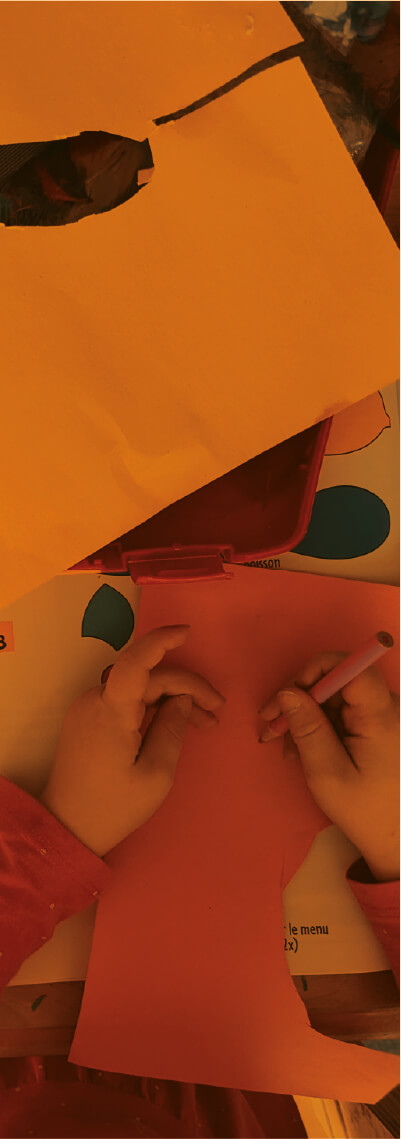
What I want you to know about Physio at home
Delivering Physio at home for your child can be overwhelming, time consuming and feel like a battle you should try and win as a Parent or carer, because you know it’s something your child needs to progress and thrive.
We all know and appreciate that the more physio you deliver the better the outcomes, evidence tells us so. Without someone on tap to help deliver and focus your Physio at home, it can be easy to get demotivated when life happens. And let’s face it, it will happen! The cat will need to go to the vet, one of the kids will get a cold or the car will need a repair…and that’s not mentioning the usual juggle of school runs, food shopping, occasionally cleaning the loo and remembering to eat lunch!
Structured Physiotherapy ‘sessions’ can take their toll on both you and your child. Children with Physical needs are children first and foremost. They are motivated to play, laugh (and push the boundaries!) Don’t get me wrong, structured sessions ARE useful, I love them! But there is also a time and place for them – when you are guided by professional input and support, and when you and your child are in the mood to get something productive from it. In reality, the feeling of I have to carry out Physio with my child, can come at a price, which is often served with an unhealthy dose of Parental guilt, a feeling of ‘I should do this’ and probably a bit of a battle somewhere along the way.
I am a huge believer in taking care of yourselves as Parents and Carers first so you can support your children in the best way possible, by cutting your Parental guilt some slack and finding another way forward. I say this, because I’ve learnt it first hand!
So my advice to you is this;
On the days when it feels too much, find another way, and give yourself permission not to carry out a ‘session’ of Physiotherapy. In fact, these are the days I prescribe a no Physio day, I absolutely give you permission to take a break from it sometimes!
Here is my second piece of advice to you as a Children’s Physio:
On a normal day, you will carry out more Physio than you could imagine, without even knowing. Elements of everyday play have Physiotherapy benefits. Applying your child’s splints have Physiotherapy benefits. Adjusting your child’s position is working on Postural Management – a well evidenced approach to Physiotherapy. Observing your child’s movements and checking the position of their hand, heel or other body part is a valid form of Physiotherapy assessment that helps you recognise when something changes and needs a Professional to look at it.
There are tweaks and changes you can make to these little things you do day-to-day, that can make what you do even more valuable and it’s my mission to help you see and understand these opportunities. To focus what you do, to make the most of your time and energy as a Parent and to achieve results for your child without it feeling overwhelming. It’s the basis of what I aim to instill in my one to one patients and it’s the reason I’ve created the resources I have.
To make the most of your time and energy, it’s easier if you can start small by changing up what you do at home, reinventing your routines. By this I mean; Slipping in a little bit of reaching for a toy, food or even the TV remote; Changing your child’s position whilst they play or move, whilst doing something they would normally do day to day like reading a book, playing a game, sitting at the dinner table or having a bath.
Understanding that;
- Positions For Play (?TM) can be integrated into pretty much anything your child engages with.
- Your child can use a few simple, versatile, resources, games and activities to deliver Sneaky Physio(?TM) at home which take the pressure of a structured session away whenever you need it.
- By observing your child and managing their posture on a daily basis you are carrying out every day assessments that are so valuable to noticing change and knowing when to ask for more help from your child’s professionals – this in itself is physio!
- If you can work on those little things regularly, and grow what you do bit by bit, you WILL make positive changes to your child’s development and progress
- By focussing your approach to Physio on one area that you notice or want to progress you are increasing the effectiveness of what you do in Physio – setting goals is an essential part of progress and research shows it’s really important to set these together as a family, along with your Physio
This approach is not about replacing your child’s Physiotherapy input, but finding a way to supplement whatever provision you have; to fill in the gaps and to empower you as a Parent or Carer to make positive changes that make what you do at home as effective as possible and allow for progress, whilst reducing the overwhelm.
Thank you for reading, be sure to get in touch if you have any further questions.
Jo x







